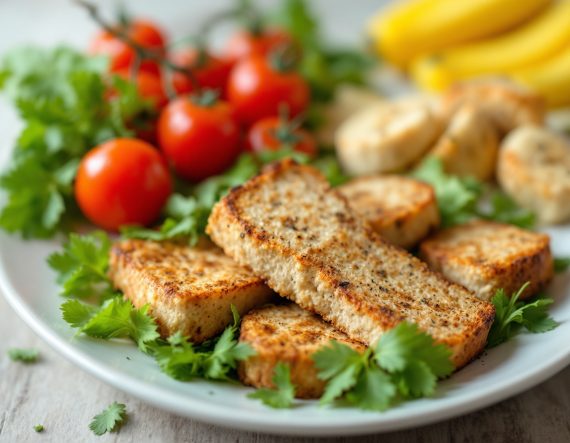Dieting for Weight Loss: A Straightforward Guide
Many people turn to dieting when trying to lose weight and improve their health. Dieting is often seen as restrictive, focusing on calorie counting and sheer willpower. However, successful weight loss is more about balance and sustainable habits rather than extreme restrictions. This guide will outline effective strategies for healthy and lasting weight loss.
How Weight Loss Works
Weight loss happens when you consume fewer calories than your body uses. This state is called a calorie deficit. You can achieve it by eating less, being more active, or combining both approaches. While the concept is simple, your results may differ based on factors like genetics, metabolism, and overall health.
Picking the Right Diet
There are plenty of diet plans that can help you lose weight. Low-carb diets, such as keto, focus on cutting carbohydrates. High-protein options, like the Atkins diet, emphasize proteins. Other options include the Mediterranean diet, which favors whole foods, or plant-based plans like vegetarianism.
Choose a diet that fits your lifestyle, food preferences, and health needs. Long-term success depends on sticking to a plan that works for you over time.

Eat Nutritious Foods
A good diet isn’t just about eating less but also choosing nutritious options. Include foods that support your health while helping you feel full:
- Fruits and Vegetables: Low in calories, packed with vitamins, minerals, fiber, and antioxidants.
- Proteins: Essential for muscle repair and growth. Lean meats, poultry, fish, eggs, legumes, and low-fat dairy are great choices.
- Whole Grains: High in fiber, helping you stay full longer. Good examples are quinoa, oats, and brown rice.
- Healthy Fats: Support brain health. Include avocados, nuts, seeds, and olive oil in moderation.
Limit processed foods, sugary snacks, and beverages, as they’re high in calories but low in nutrients.
Watch Portion Sizes
Managing portion sizes is a simple way to control calorie intake without giving up your favorite foods. Use smaller plates, measure servings, or eat slowly to help recognize when you’re full.
Add Physical Activity
Pairing exercise with a healthy diet can boost your results. Moving more increases the calories your body burns. Activities like walking, strength training, or yoga are excellent options. Choose something you enjoy to build consistency.
Stay Hydrated
Drinking enough water supports digestion, helps you feel full, and prevents dehydration. Sometimes thirst is mistaken for hunger, so staying hydrated can help you avoid unnecessary snacking.
Set Practical Goals
Unrealistic goals can lead to frustration. Focus on making small, steady progress. Celebrate milestones to stay motivated and keep going.
Get Professional Advice
If you feel unsure about where to start or need help tailoring a plan, consult a nutritionist or dietitian. They can provide personalized guidance based on your health and preferences.
Final Thoughts
Dieting for weight loss doesn’t have to be extreme or unpleasant. Find a plan that balances healthy eating, portion control, and activity. With patience and consistency, you can achieve results that last.
For additional support, consider checking out The Smoothie Diet: 21 Day Rapid Weight Loss Program designed to help you lose weight with easy, delicious meal plans.

